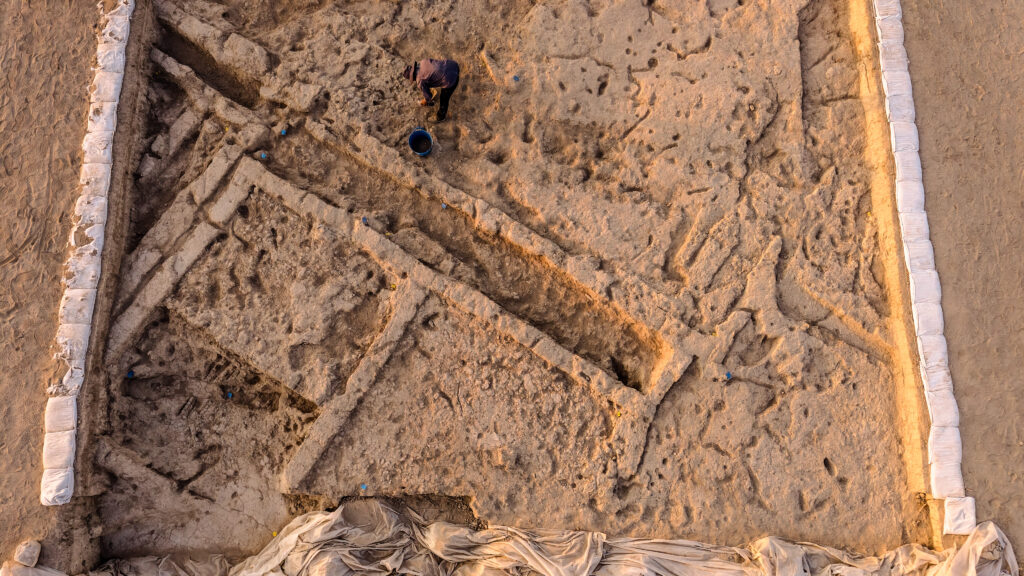Archaeologists in central Türkiye have uncovered one of the earliest known streets of the Neolithic Age, dating back about 9,750 years. The discovery was made at Canhasan 3 Höyük, a settlement in Karaman province, and predates the world-famous Çatalhöyük by roughly 750 years.
The excavation, conducted under the Turkish Ministry of Culture and Tourism’s Heritage for the Future Project and led by Assoc. Prof. Adnan Baysal of Ankara University, revealed a deliberately planned passage between houses—an extremely rare feature in early Neolithic settlements.
“This is a major surprise,” Baysal said. “While Çatalhöyük is known for its tightly packed houses accessed through rooftops, Canhasan 3 shows a different architectural vision. The spaces between homes may have functioned as passageways, livestock corridors, or even one of the earliest examples of a street.”
A Glimpse into Early Urban Planning
The discovery challenges long-held assumptions about Neolithic communities, which were often believed to lack organized streets. Instead, Canhasan 3 suggests that some early societies experimented with spatial planning, shared access, and architectural innovation nearly 10,000 years ago.
Archaeologists also found hearths arranged differently than at Çatalhöyük, pointing to diverse cultural practices within Neolithic Anatolia.
A Settlement That Lasted Millennia
Canhasan is a complex of three mounds—Canhasan 1, 2, and 3—occupied continuously from the Pre-Pottery Neolithic through the Bronze and Iron Ages. Researchers say its fertile lands and abundant water supported farming, animal domestication, and permanent architecture. Bones of wild cattle, fish, and waterfowl reveal that the settlement thrived in a rich wetland environment.
Why It Matters
The find pushes back the origins of planned communal spaces by centuries and highlights the diversity of Neolithic life in Anatolia. While Çatalhöyük has long dominated research, Canhasan 3 is emerging as a key site for understanding how early human communities organized themselves.
“By studying the architecture, artifacts, and environment, we can reconstruct daily life and see how people experimented with new ways of living together,” Baysal noted.
A Treasure of Anatolia
With ongoing excavations, scholars hope to uncover more insights into the lives of the Neolithic inhabitants of Canhasan. The site is increasingly recognized as a milestone in human history—where some of the earliest attempts at community planning and urban organization first appeared nearly 10,000 years ago.




